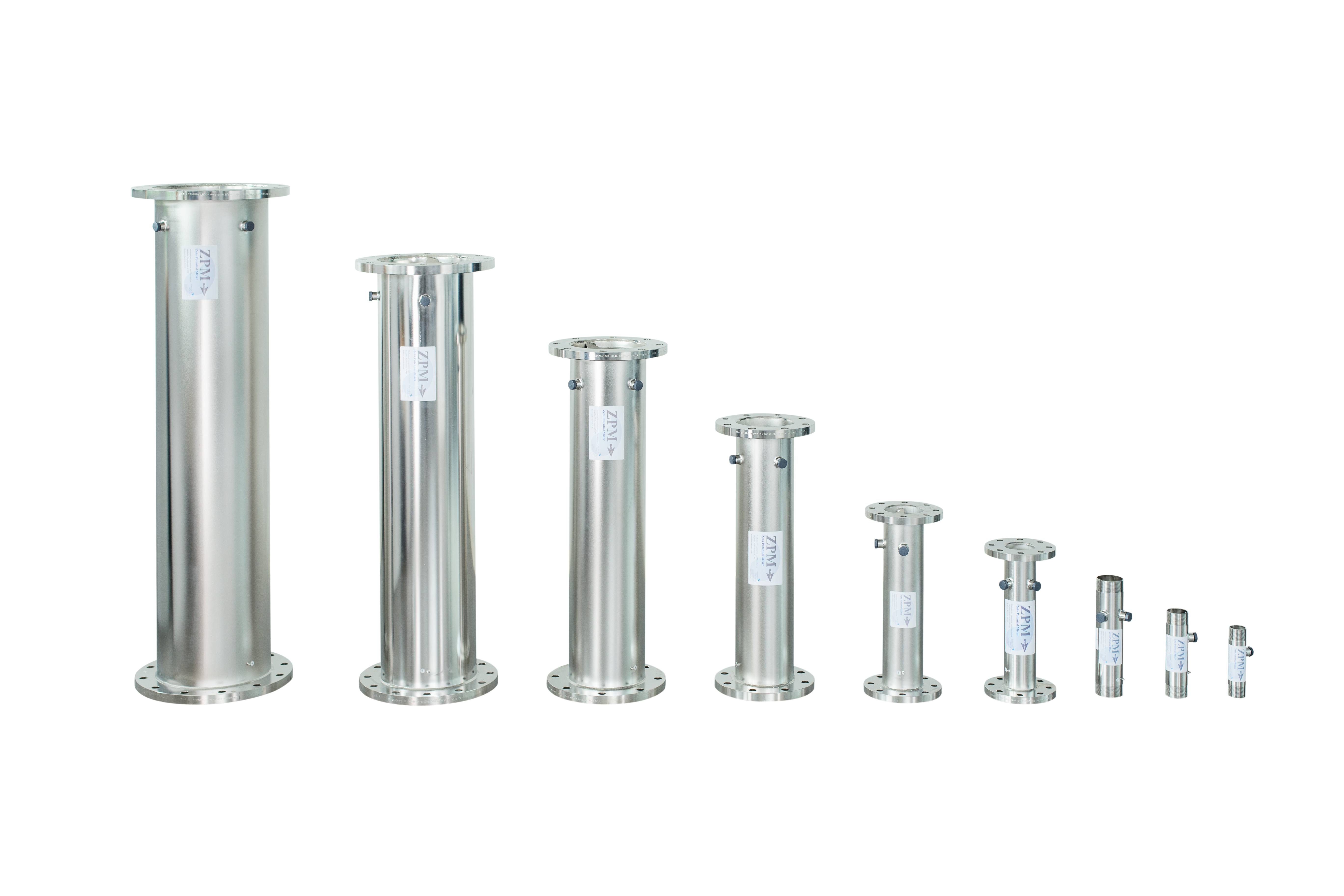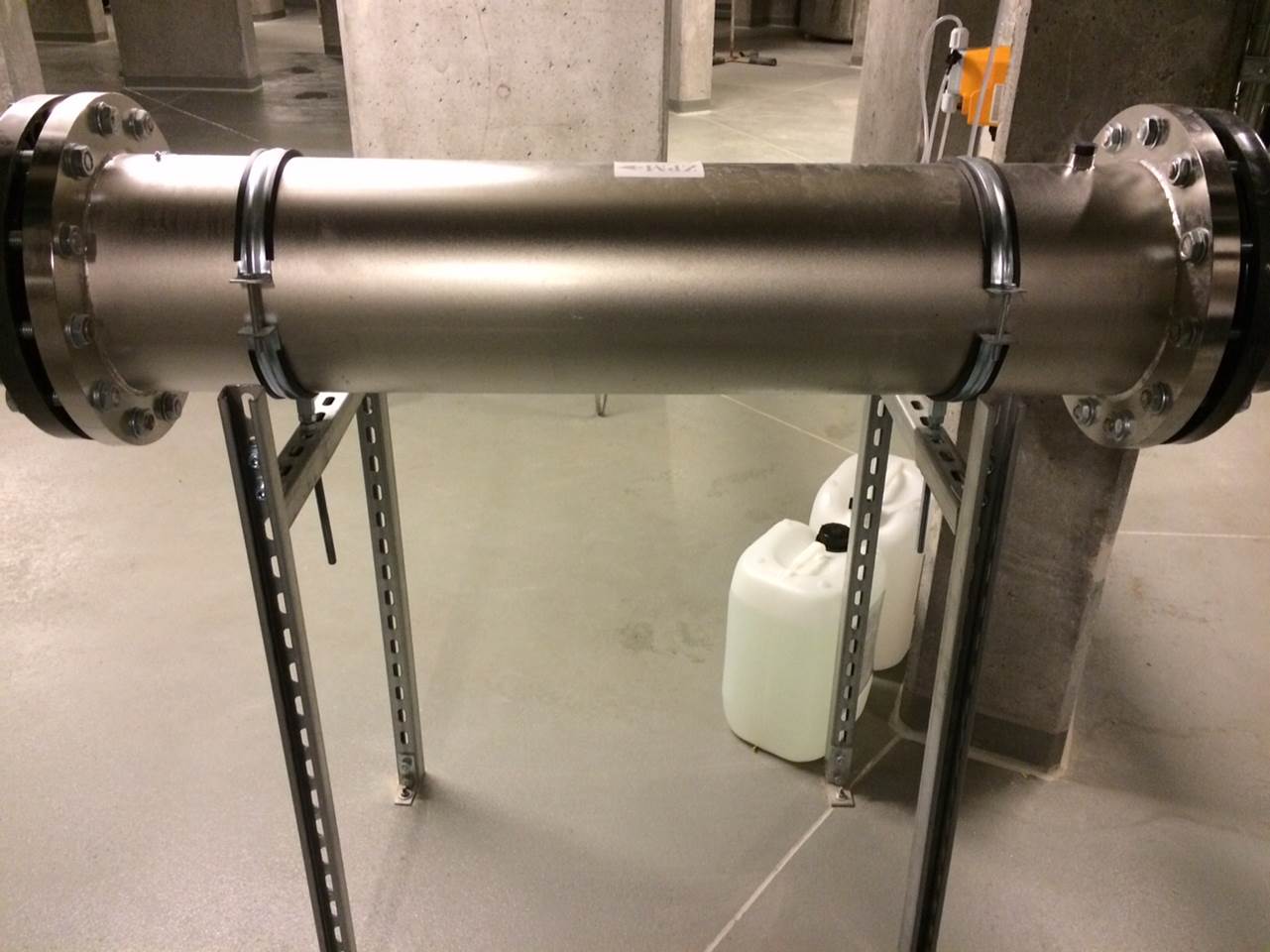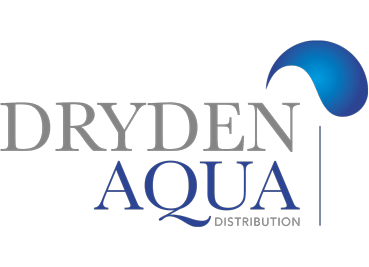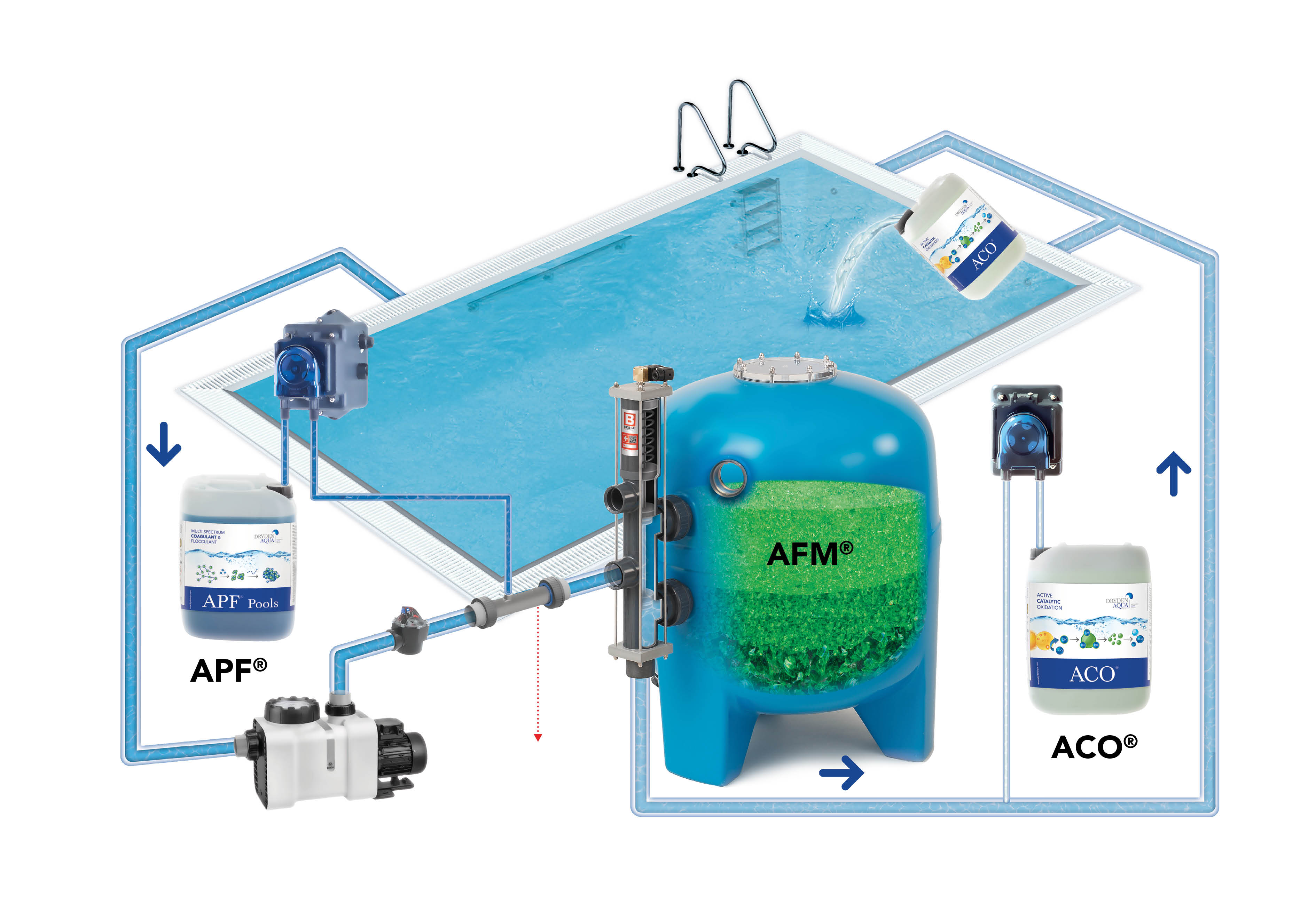ZPM
Zeta Potential Mixer

What is a ZPM?
ZPM by Dryden Aqua stands for «Zeta Potential Mixer». ZPM‘s are static mixers for the injection of products such as APF®, ACO® or NoPhos and for the cavitation of water. They are manufactured in stainless steel for freshwater and in titanium or plastic for marine applications.
The ZPM is flanged into the pipework, the water is made to cavitate and spin at high speed which helps to kill parasites.The ZPM also helps to drop the zeta potential of the water, this causes flocculation of solids and increases the redox oxidation potential at the same time; the water is becoming self sterilizing.
The water molecules are pulled apart by the cavitation reactions which creates nano-bubbles. These help disinfecting the water. The greater the pressure differential across a ZPM, the stronger the cavitation reactions.
Benefits at a glance
- Best water quality – the ZPM before the filter amplifies coagulation and flocculation reactions of APF® and NoPhos to improve the filtration performance of AFM® and reduce chlorine consumption.
- Small investment – big performance – for a lifetime – the ZPM has an unlimited life. It has no moving parts, needs no power and has no operating and maintenance costs.
- Safety barrier against pathogens in public whirlpools – the ZPM after the filter mechanically smashes cryptosporidium oocysts and bacteria flocs. The water is mechanically disinfected and the performance of chlorine is amplified.

How does a ZPM work?
The ZPM amplifies the coagulation and flocculation reactions for the conversion and precipitation of dissolved components into small particles. The cavitation reactions provide the perfect mixing and turbulent environment necessary for coagulation using APF® and NoPhos. The ZPM neutralizes the electrical charge (Zeta Potential) on dissolved che-micals and small particles to make some positive and some negatively charged. The opposite charges attract and this causes coagulation and flocculation. As the electrical potential drops to neutral, the redox oxidation potential of the water increases by up to 200 mv, effectively the water is beginning to disinfect itself without any chemicals.
How to use a ZPM?
The greater the pressure differential across the ZPM, the more powerful the cavitation reactions. The ZPM before the filter should be electrical earthed to allow the electrons rubbed-off to go to ground. This is like rubbing a balloon on your jumper, the balloon will stick to a wall and particles in solution will stick to each other to make large flocculated particles. The ZPM before the filter should be chosen to have a pressure drop not exceeding 0.3 bar for filters running at 30 m/hr. It should still be possible to back-wash the filters at 45 m/h by pumping the water through the ZPM. If the flow rate is compromised, a by-pass around the ZPM may be required to achieve the required back-wash water flow.
The optional ZPM after the filter should be sized to give a pressure drop between 0.3 and 0.5 bar, a higher pressure drop increases cavitation reactions and improves disinfection. A pressure drop of 0.5 bar will disinfect the water and help chlorine to kill bacteria and parasites before the water is returned back to the pool.
Rule of thumb for private pools:
Filter piping 2“= > ZPM upstream of the filter should be 2“ with 2 fins and downstream of the filter 2” with 3 fins.
On our new download section
Webdesign by Bönzli + Feuz IT



